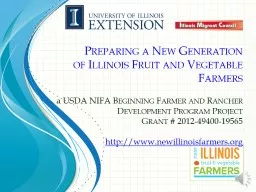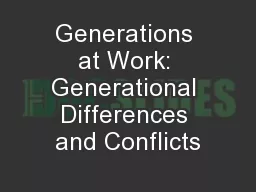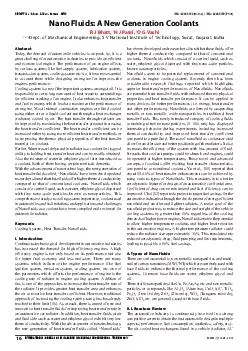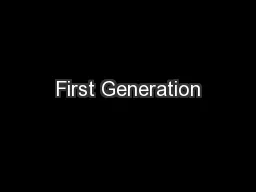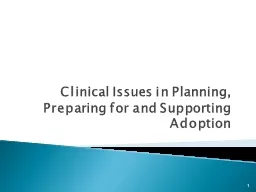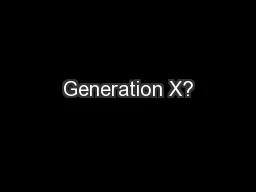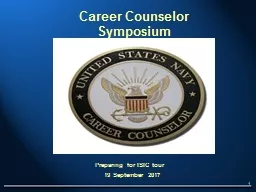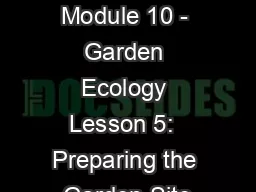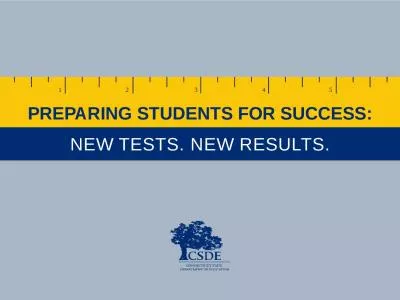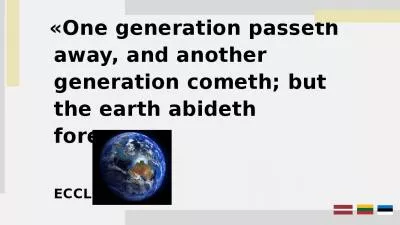PPT-Preparing a New Generation
Author : kittie-lecroy | Published Date : 2017-05-30
of Illinois Fruit and Vegetable Farmers a USDA NIFA Beginning Farmer and Rancher Development Program Project Grant 20124940019565 httpwwwnewillinoisfarmersorg
Presentation Embed Code
Download Presentation
Download Presentation The PPT/PDF document "Preparing a New Generation" is the property of its rightful owner. Permission is granted to download and print the materials on this website for personal, non-commercial use only, and to display it on your personal computer provided you do not modify the materials and that you retain all copyright notices contained in the materials. By downloading content from our website, you accept the terms of this agreement.
Preparing a New Generation: Transcript
Download Rules Of Document
"Preparing a New Generation"The content belongs to its owner. You may download and print it for personal use, without modification, and keep all copyright notices. By downloading, you agree to these terms.
Related Documents

